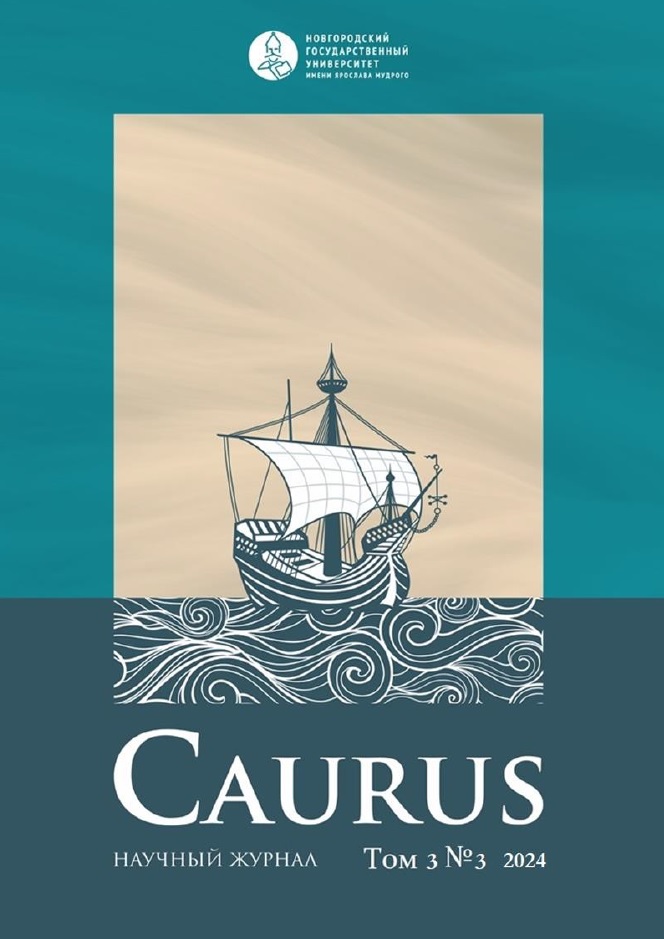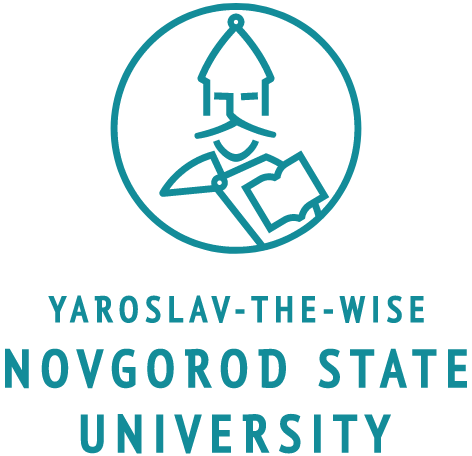Narva in the Economic System of the Livonian Order State
DOI:
https://doi.org/10.34680/Caurus-2024-3(3)-64-86Keywords:
Narva, Livonian Order, Narva’s vogts, Reval, Hanseatic-Russian tradeAbstract
The article discusses the role of the Livonian Order in the development of commercial business in Narva as a town under the jurisdiction of the Order at the turn of the medieval and modern periods. The attention of Narva’s vogts towards its economic situation was marked by their personal responsibility for ensuring the needs of the castle and the town of the Order, which, due to its border location, was of strategic significance. Various forms of business activity, led by commercial fishing, served this purpose. However, the limited internal resources of Narva’s domain economy due to the small size of its hinterland and the limited support from other Livonian towns, forced the leadership of the Livonian Order and vogts acting on its behalf to focus on Narva’s external trade, particularly with Russia. The Order granting trading privileges, which was supported by the vogts’ positive impact on the town’s commerce, partially compensated for its absence of Hanseatic status and ensured close collaboration between the Order and local authorities. During periods of increased tension in Livonian-Russian relations, both governments have used Narva’s non-Hanseatic status to violate Hanseatic restrictions on trade with Russia, contributing to Narva’s transformation into a hub for “unusual” trade between Russia and Livonia. In order to ensure the uninterrupted flow of Russian export goods to Narva, bypassing posts of Reval and the Hanseatic League, vogts used their administrative resources to guarantee the inviolability of merchant transactions at both the local level and the level of the Reval town council.







